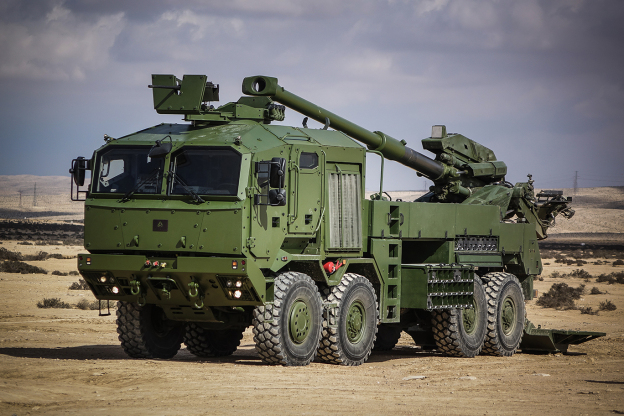Despite extensive sanctions and significant efforts, Western nations have been unable to effectively undermine Russia's military-industrial complex. This issue extends beyond electronic components, which continue to reach Russia through alternative and more costly routes despite export restrictions. The production of shells, missiles, armored vehicles, and drones has surged, enabling President Vladimir Putin to persist in his aggressive campaign against a neighboring country.
Experts from the Royal United Services Institute (RUSI), Jack Watling and Gary Somerville, attribute the West's failure to halt Russia’s military operations to a lack of a unified approach during the initial sanction phase, among other factors.
A significant issue is Europe’s lack of infrastructure to enforce sanctions effectively, unlike the United States. Europe has historically treated sanctions more as a regulatory tool rather than economic warfare, aiming to shame rather than significantly disrupt harmful activities.
Despite the concerted efforts of Ukraine's international allies, Russia continues to obtain nitrocellulose from Germany, Turkey, and Taiwan. Additionally, it sources other essential raw materials for explosives globally, allowing rapid escalation in ammunition production. Since the war began, Russia has significantly increased its production of:
- 152-mm artillery shells: Increasing production by 5.3 times, from 250,000 per year to an expected 1.325 million in 2024. Around 800,000 122-mm shells are expected this year.
- Grad multiple launch rocket systems: Production will increase by 15.2 times, from 33,000 to over 500,000 shells. The Uragan system will see a 6.1 times increase, from 2,800 in 2023 to 17,000 this year.
- Kh-101 cruise missiles: Production has increased from 56 units in 2021 to a projected 420 units in 2023, aiming for 460 units.
- 9M723 Iskander missiles: Production has more than tripled, rising from 50 in reserve at the start of 2023 to 180 within a year.
- Iranian Shahed-136 drones: Production has surged 6.3 times, with collaborative production in Russia and Iran now exceeding 250 units monthly.
Estimating armored vehicle production in Russia is challenging. In 2024, Russia is projected to produce around 1,500 tanks and 3,000 other armored vehicles, with 85% being refurbished from existing stocks. The production of new armored vehicles is also increasing, with the Kurgan Machine-Building Plant's BMP-3 units production recorded at 100, 108, 120, and 135 units quarterly in 2023.
Russian manufacturers have adapted to losing access to Thales’ thermal imagers from France by substituting them with Chinese and Belarusian alternatives. These conversions require machine modifications, but significant imports from the United States, Europe, Taiwan, and other countries continue, including essential software updates.
The importation of dual-use goods critical to Russia's military-industrial strength has surged since President Putin met with Chinese President Xi Jinping in March 2023, according to a report by the Center for Strategic and International Studies (CSIS). Deliveries of helicopter parts, navigation systems, and precision machinery for weapons and aircraft components have jumped from a few thousand to nearly 30,000 monthly, enabling the Kremlin to expedite the production of armaments like armored vehicles, artillery, missiles, and drones. This boost has fortified their defenses during the Ukrainian counteroffensive in 2023, explained CSIS senior fellow Max Bergmann.



:quality(70)/cloudfront-us-east-1.images.arcpublishing.com/archetype/XCLRWH4U4FCY3HH7SOWE3QHOLE.jpg)